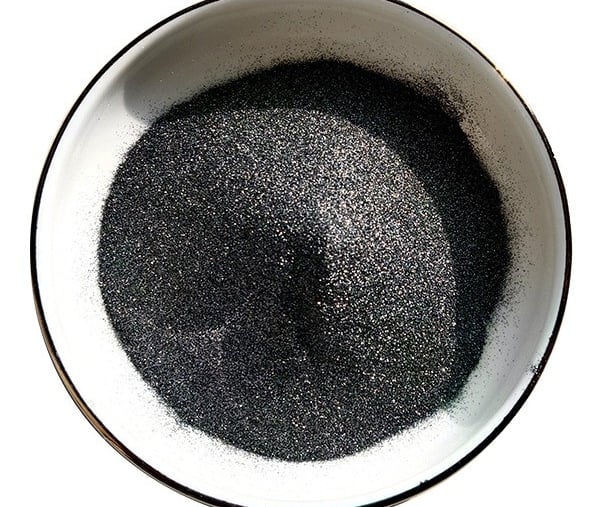HENAN YUMO: Engineered Precision, Uncompromised Performance
The Black Silicon Carbide Production Process: Core Technologies from Raw Materials to Final Product
Step-by-step guide to black silicon carbide manufacturing. Uncover raw material selection, processing tech, and quality control standards.
5/16/20252 min read


Introduction to Black Silicon Carbide
Black Silicon Carbide (SiC) is a high-performance material widely used for its hardness and thermal stability. Its unique properties make it suitable for various applications, including abrasives, cutting tools, and semiconductor devices. The journey of producing black silicon carbide involves advanced processing techniques, transforming raw materials into a valuable industrial product.
Raw Materials: Sourcing and Preparation
The production process of black silicon carbide begins with the selection of quality raw materials. The primary ingredients are silica sand and petroleum coke, which need to be of high purity to achieve optimal results. The silica is sourced from high-grade silicon dioxide, while the petroleum coke, derived from refining crude oil, must contain a minimal amount of impurities.
Once these materials are sourced, they are crushed and screened to achieve the desired particle size. The combination of silica and petroleum coke is then prepared in precise proportions to ensure consistency in the final product’s properties. This careful selection and preparation set the stage for the subsequent chemical transformation involved in producing black silicon carbide.
Core Technologies in the Production Process
The heart of the black silicon carbide production process lies in the chemical reaction that occurs within an electric arc furnace (EAF). In this furnace, the prepared raw materials undergo a carbothermic reduction process, which takes place at high temperatures exceeding 2000 degrees Celsius. The reaction primarily occurs as follows:
SiO2 (silica) + C (carbon) → SiC (silicon carbide) + CO (carbon monoxide)
This high-temperature reaction yields silicon carbide crystals, characterized by their distinct black color, a result of the impurities that remain after processing. The efficiency of this process is enhanced through the use of advanced technologies that provide controlled environments, ensuring the raw materials react thoroughly.
Post-Production Processing and Quality Control
After the electric arc furnace treatment, the resulting black silicon carbide is cooled and can be further processed. This stage often involves crushing and milling to achieve the desired grit size, ensuring that the material meets industry-specific standards for abrasives or other applications.
Quality control plays an essential role in the production of black silicon carbide. Various tests, including physical and chemical analysis, are performed to ensure the material meets stringent specifications and performance criteria. These include measuring the hardness, purity, and particle size distribution of the final product.
Conclusion
The production of black silicon carbide is a highly sophisticated process that combines raw material selection, advanced chemical reactions, and rigorous quality control. Understanding these core technologies not only highlights the complexity involved but also sheds light on the importance of precision in the manufacturing of this versatile material. As industries continue to evolve, the demand for high-quality silicon carbide will likely expand, making the importance of this production process even more significant.
